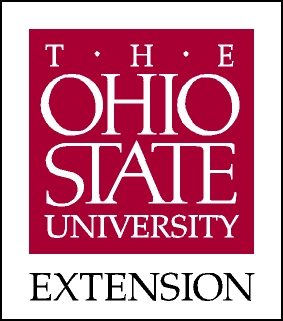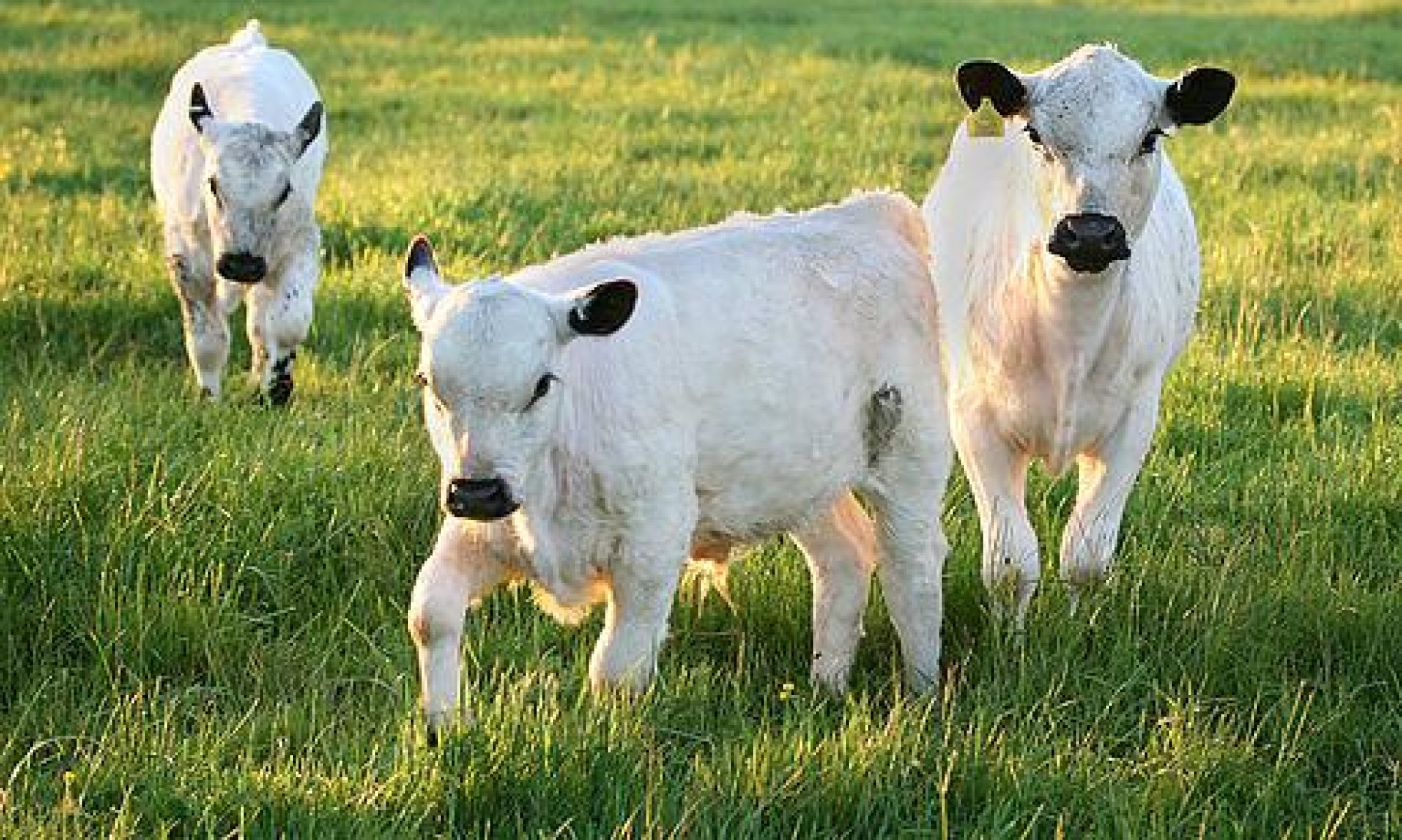
Having bought a horse(s) from a sale yard, auction or through a private sale, you need to ensure that you are prepared and able to provide adequate transport to your property. It is important that you care for the horses and provide a healthy environment for them. This fact sheet provides some basic information regarding your obligations as a new horse owner.
Key requirements for transporting horses:
- Ensure that your trailer is strong and secure enough to safely contain the horse and prevent escape. A rigid roof over the length of the transportation vehicle is desirable.
- Internal surfaces of the trailer or truck should be smooth and free of obstructions or hazards that could cause injury and flooring of the trailer and loading ramps should be made of a non-slippery surface.
- The lights and brakes of the trailer should be checked frequently to ensure that they are working correctly.
- Each horse should be able to stand in a natural position with adequate room above their head and enough space between horses for air circulation.
- Adjustable partition boards are preferred when transporting more than one horse. Partitions should be at least 2 ft high and placed at least 2 ft off of the floor.
- If you are moving your horse using a two-horse trailer, a single horse should be tied on the driver’s side and the center partition removed (if possible) for improved vehicle balance.
- If transporting two horses, the heavier horse should be tied on the driver’s side of the transport vehicle.
- Ensure that the vehicle is not polluting the air inside the transport area.
- Ensure that the transport area is clean and dry.
- Correctly fit any protective equipment (blankets, protective shipping boots, bandages, hoods, etc.) before loading your horse.
- A halter and lead rope should be used to lead your horse into and out of the transport vehicle and secure them. Tie your horse using a quick-release knot.

- Sticks, plastic or metal piping, heavy leather belts or straps and any other objects must not be used to beat horses. Dogs or electric prods must never be used to aid the loading of horses.
- When transporting horses long distances, check your horse after 30 minutes in transit and then every 4 hours. You should also offer water if possible.
- When you arrive at your destination, quietly enter your transport vehicle, untie your horse before lowering the ramp or opening the gate, and allow it to move out of the transport vehicle at its own pace.
- Horses should be unloaded from the transport vehicle as soon as you reach your destination and offered food, water and a comfortable place to rest. If your horse appears stiff from traveling, you should walk it around gently until movement improves.
Caring for your horse:
Your horse requires forage, water, salt, shelter and space. The following is a list of basic requirements:
Supervision:
- You need to check on your horse at least once every day to ensure that they have adequate water, feed, and that they are not injured.
- If your horse is injured, seek veterinary assistance immediately.
Shelter, space and exercise:
- Horses require room to walk, run, and stretch their legs.
- Horses require shelter from extremes of sun, wind and rain. In your paddock, trees and/or run-in sheds make suitable shelters. A waterproof blanket may help protect your horse from cold weather, but it must be checked daily for slipping, leaking and rubbing.
- Recommended sizes for box stalls:
– Miniature horse – 6′ x 8′ stalls.
– Ponies and small horses, under 900 pounds – 10′ x 10′ stalls.
– Riding horses, 900 to 1100 pounds – 12′ x 12′ stalls.
– Warmblood or a small draft horse – 12′ x 14′ or 14′ x 14′ stalls.
– Large draft horse – 16′ x 16′ stalls.
– A foaling stall should be at least twice the size as a single stall for the same size horse.
- Sick or injured horses may need to be confined under the guidelines of a veterinarian. If this is the case, you will need access to a yard or stable for confinement. Long-term tethering of horses is not acceptable!
- Ensure that the fences of your paddock are in good repair to prevent injury or escape of the horses.
- Ensure that your paddock is free of garbage, weeds and other objects that could cause illness, injury or escape.
- Horses require company either in the same or neighboring paddocks. Horses kept on their own can develop behavioral problems.
- Leasing of land can be done by keeping your horse on land owned by someone else. Generally, unless otherwise agreed to, you are responsible for the day to day maintenance and care of your horse when leasing land for your horse.
Table 1. General horse care requirements.
| Feet | Teeth | Deworming |
|---|---|---|
|
|
|
| Vaccination | Body condition | Laminitis |
|---|---|---|
|
|
|
Riding your horse:
- If you have little to no experience riding a horse, you should seek professional training from a riding instructor, pony or adult horse club, or riding establishment.
- Purchasing proper riding equipment is essential to ensure your safety and prevent injury to your horse. Consult with your local riding instructor for advice on the appropriate riding equipment for you and your horse.
General feeding requirements:
- Horses require access to approximately 20 lb of good quality forage (pasture or hay) per 1,000 lb or 1.5 – 3% of body weight body weight each day (see Table 2).
- The protein requirement for a mature horse is approximately 8 -10% crude protein.
- General guide – 2 to 4 acres/horse if pasture is going to supply a large portion of horse’s nutrient needs.
- Supplementary feed may also be necessary if you are riding your horse regularly or if your horse is underweight, pregnant or lactating.
- Salt or mineral blocks should be available to your horse at all times.
| Horse size1 | Forage/Roughage Requirements (pasture, hay) |
|---|---|
| Pony – (up to 13.5 hands, 440-770 lb) | 7-15 lb/day |
| Galloway – (13.5-15 hands, 770-1102 lb) | 15-22 lb/day |
| Horse – (15-16.5 hands, 1102-1433 lb) | 22-29 lb/day |
| Heavy horse – (16.5+ hands, 1433+ lb) | 29+ lb/day |
1 Size is measured from the bottom of the feet to the highest point of the withers; 1 hand = 4 inches.
General water requirements:
- Clean water must always be available.
- Water must be checked daily.
- 10-12 gallons of water should be supplied to your horse each day, which may easily double in hot, humid weather.
For more information, please contact:
- Dr. Kimberly Cole (614-292-2625; cole.436@osu.edu).
- The OSU Department of Animal Sciences website: http://ansci.osu.edu.
- The OSU Equine Program website: http:// equine.osu.edu.
This fact sheet was prepared by: Jessica Pempek, Dr. Maurice Eastridge, Dr. Kimberly Cole, and Dr. Naomi Botheras. Department of Animal Sciences, The Ohio State University. June 2013.
This information was adapted from: Transport and Care of Horses, Dr. Mariko Lauber, Department of Primary Industries, The State of Victoria, Australia. July 2007.
<http://www.dpi.vic.gov.au/dpi/nrenfa.nsf/LinkView/BE9DA3C0CF8A65F1CA2573…
OSU Extension embraces human diversity and is committed to ensuring that all educational programs conducted by Ohio State University Extension are available to clientele on a nondiscriminatory basis without regard to race, color, age, gender identity or expression, disability, religion, sexual orientation, national origin, or veteran status. Keith L. Smith, Associate Vice President for Agricultural Administration and Director, OSU Extension TDD No. 800-589-8292 (Ohio only) or 614-292-1868.


